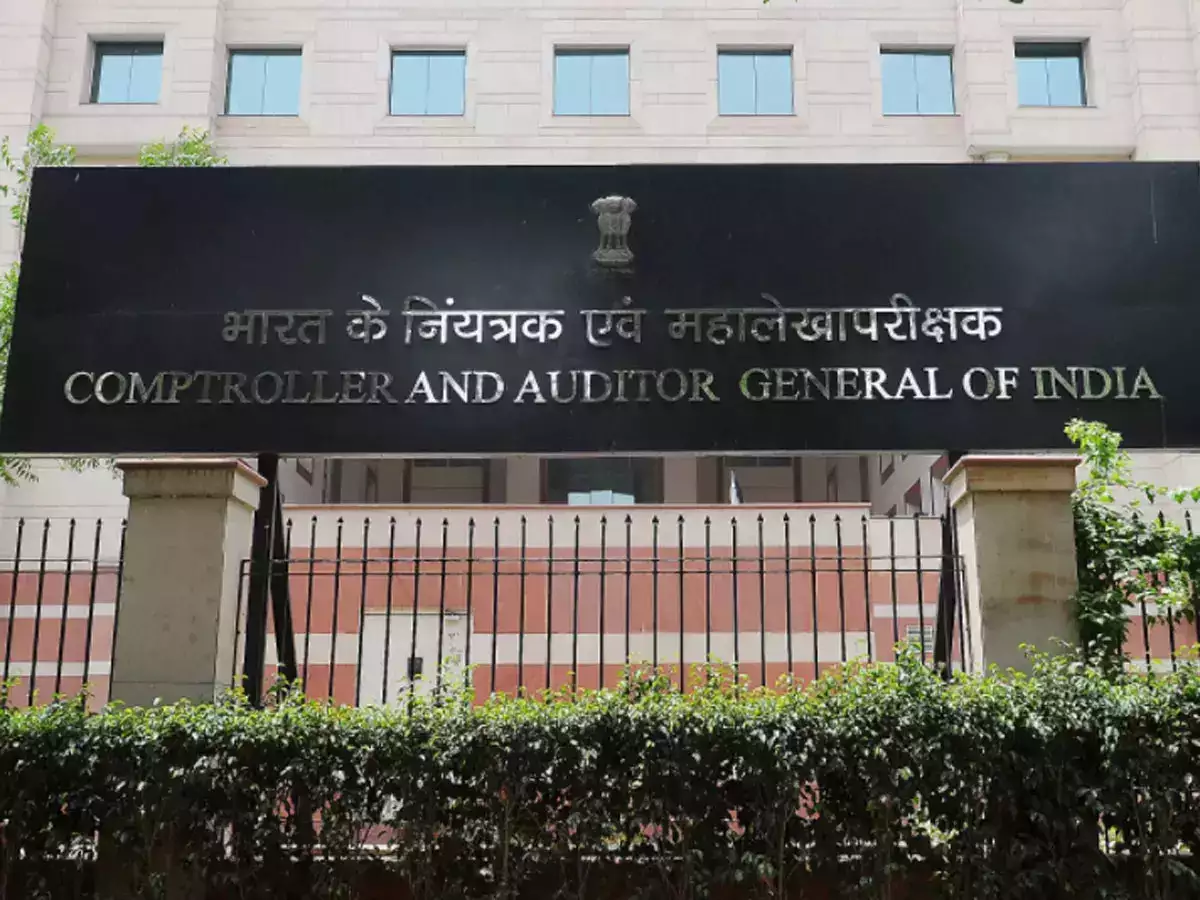The Comptroller and Auditor General of India (CAG) is a crucial institution tasked with auditing government accounts and ensuring financial accountability. As the guardian of public funds, it plays a pivotal role in maintaining transparency and efficiency in government spending. By fixing financial records, the CAG helps uncover irregularities, mismanagement, and inefficiencies within various government departments. Its reports serve as a valuable tool for policymakers, legislators, and the public to assess financial discipline in governance.
This blog aims to provide a comprehensive understanding of the CAG, covering its constitutional mandate, powers, functions, and overall significance in India’s governance framework. Additionally, it will explore the challenges faced by the institution in ensuring effective oversight and accountability. Through this discussion, we will highlight the impact of the CAG’s audits on policymaking and public administration, emphasizing its role in strengthening India’s democratic and financial systems.
What is the CAG?
The Comptroller and Auditor General of India (CAG) is an independent authority under the Indian Constitution that audits the accounts of the Union and State governments. It ensures that public money is used efficiently and legally.
History of CAG
- Established under Article 148 of the Indian Constitution.
- The first CAG of India was V. Narahari Rao (1948-1954).
- The role of CAG is similar to the National Audit Office (UK) and the Government Accountability Office (USA).
Key Constitutional Provisions Related to CAG
| Article | Provision |
| Article 148 | Establishment of CAG |
| Article 149 | Duties and powers of CAG |
| Article 150 | Form of Accounts of the Union and States |
| Article 151 | Submission of reports to the President or Governor |
Role and Responsibilities of the CAG
The CAG acts as a watchdog of government finances. Its main responsibilities include:
- Auditing government expenditures to ensure proper use of funds.
- Checking financial statements of government bodies.
- Reviewing the accounts of public sector enterprises.
- Identifying corruption and financial irregularities.
Powers and Functions of the CAG
Audit of Government Accounts
- Examines the financial statements of Central and State governments.
- Audits the accounts of public sector undertakings (PSUs).
- Ensures taxpayer money is not misused.
Auditing Autonomy and Independence
- The President of India appoints the CAG.
- The CAG is not eligible for further office after retirement.
- Cannot be removed from office except in the same manner as a Supreme Court judge.
Reporting Structure and Responsibilities
- Reports submitted to the President or Governor.
- Reports are laid before Parliament or State Legislatures.
- These reports highlight financial mismanagement and fraud.
Reports Submitted by the CAG
The CAG submits various reports, including:
- Annual Audit Reports of Union and State Governments.
- Performance Audit Reports on specific programs.
- Compliance Audit Reports.
Major CAG Reports That Exposed Scandals
| Report | Year | Impact |
| 2G Spectrum Scam | 2010 | Exposed loss of ₹1.76 lakh crore |
| Coal Allocation Scam | 2012 | Revealed misallocation of coal blocks |
| Commonwealth Games Scam | 2010 | Highlighted financial irregularities |
Importance of CAG in Indian Governance
- Ensures Accountability: Holds government departments accountable for financial irregularities and inefficiencies.
- Strengthens Democracy: Acts as a watchdog, ensuring public funds are used for intended purposes.
- Enhances Public Trust: Boosts confidence in governance by promoting responsible financial management.
- Supports Parliamentary Oversight: Aids Parliament and State Legislatures in reviewing government expenditures.
- Prevents Misuse of Public Funds: Identifies cases of fund diversion and unnecessary expenditures.
- Encourages Efficient Resource Utilization: Helps optimize the allocation and use of public resources.
- Facilitates Good Governance: Promotes ethical governance by discouraging financial malpractice.
- Aids in Judicial and Investigative Processes: Provides audit reports that help in legal and investigative actions.
- Supports International Compliance: Helps India adhere to global financial auditing standards.
- Assists in Economic Planning: Offers insights that contribute to better economic and fiscal policies.
Challenges Faced by the CAG
- Political Pressure: Attempts to influence audit reports.
- Implementation Issues: The government often ignores CAG recommendations.
- Technological Adaptation: Need for digital tools to audit modern financial transactions.
- Limited Enforcement Powers: CAG can only report financial irregularities but lacks the authority to take direct action.
- Resource Constraints: Shortage of skilled auditors and modern infrastructure affects the efficiency of audits.
- Delayed Audits and Reports: Bureaucratic delays slow down the auditing process, reducing its real-time impact.
CAG and Digital Transformation
- Adoption of Artificial Intelligence (AI) and Data Analytics.
- Use of blockchain for audit transparency.
- Developing real-time auditing tools.
Conclusion
The Comptroller and Auditor General of India (CAG) plays a crucial role in ensuring financial accountability in governance. Its audits have led to major reforms and exposed corruption at various levels. Strengthening the CAG’s powers and ensuring better implementation of its recommendations can help India achieve greater transparency and efficiency in public finance.





